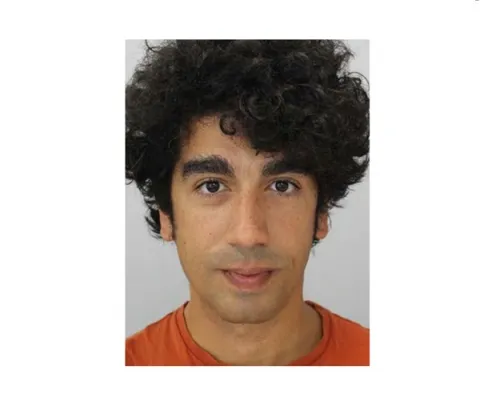About the project
Soil biophysical interactions play a critical role in facilitating water flow and retention, aeration, and nutrient transport, which aid in maintaining habitats for soil biota. Climate change and land misuse act to impede biological activity. We investigate the environmental resilience by understanding fundamentals of these biogeochemical interactions in their environments.
The project is set out to better understand the interplay between biological agents and soil physical behavior by exploring fundamental processes at pore scales and quantifying how they might play a role at field, infrastructure and global scales. Soil biological agents range in size from microbes, fungi, to earthworms, and plant roots from crops and trees. Therefore, understanding physical constraints and processes (i.e. mechanics and mass transport) relevant to their environmental scales is of critical importance for maintaining their habitats. By understanding these soil biophysical interactions from fundamental principles, we can gain a better understanding of their environmental limitations (i.e. mechanical, fluid, chemical, etc.) and how to better exploit these processes to enhance carbon storage, implement regenerative agriculture in regions that support broad forms of soil bioturbation[1], promote root growth and broader microbial biodiversity in regions at risk of washout, and leverage the biomechanical potential of root growth to reclaim compacted and drought impacted land.
This work will make use of image based mathematical or statistical modeling ranging from pore scale processes to global maps based on fundamental solid mechanics, multi-phase fluid dynamics, and mass transport. This work will be carried out in collaboration with state of the art synchrotron and imaging facilities such as the Diamond Light Source in the UK, Paul Scherrer Institute in Switzerland, and the Sirius light source in Brazil in order to obtain pore scale insitu measurements of soil structure, chemical signatures, and moisture distributions. This work will guide informed sustainable policy.
Training
The INSPIRE DTP provides comprehensive personal and professional development training alongside extensive opportunities for students to expand their multi-disciplinary outlook through interactions with a wide network of academic, research and industrial/policy partners. The student will be registered at the University of Southampton and hosted at Department of Mechanical Engineering. Specific training will include:
- targeted mathematical and statistical training pertaining to physical modelling (ordinary/partial differential-equations), multiscale asymptotic techniques, and regression analysis
- Supervisors will provide a broad over view of various imaging techniques such as X-ray computed tomography (CT) for structure, X-ray florescence for chemical imaging, X-ray diffraction for strain quantification, and neutron imaging for moisture distributions
- Image analysis techniques, including filtering, segmentation, and morphometric quantification will be developed to supplement the imaging techniques
- Students will learn to design insitu assays for biophysical quantification of pore scale processes (i.e. fungi, root growth, worm burrows)
- Students will learn field measurements of soil microbiome
